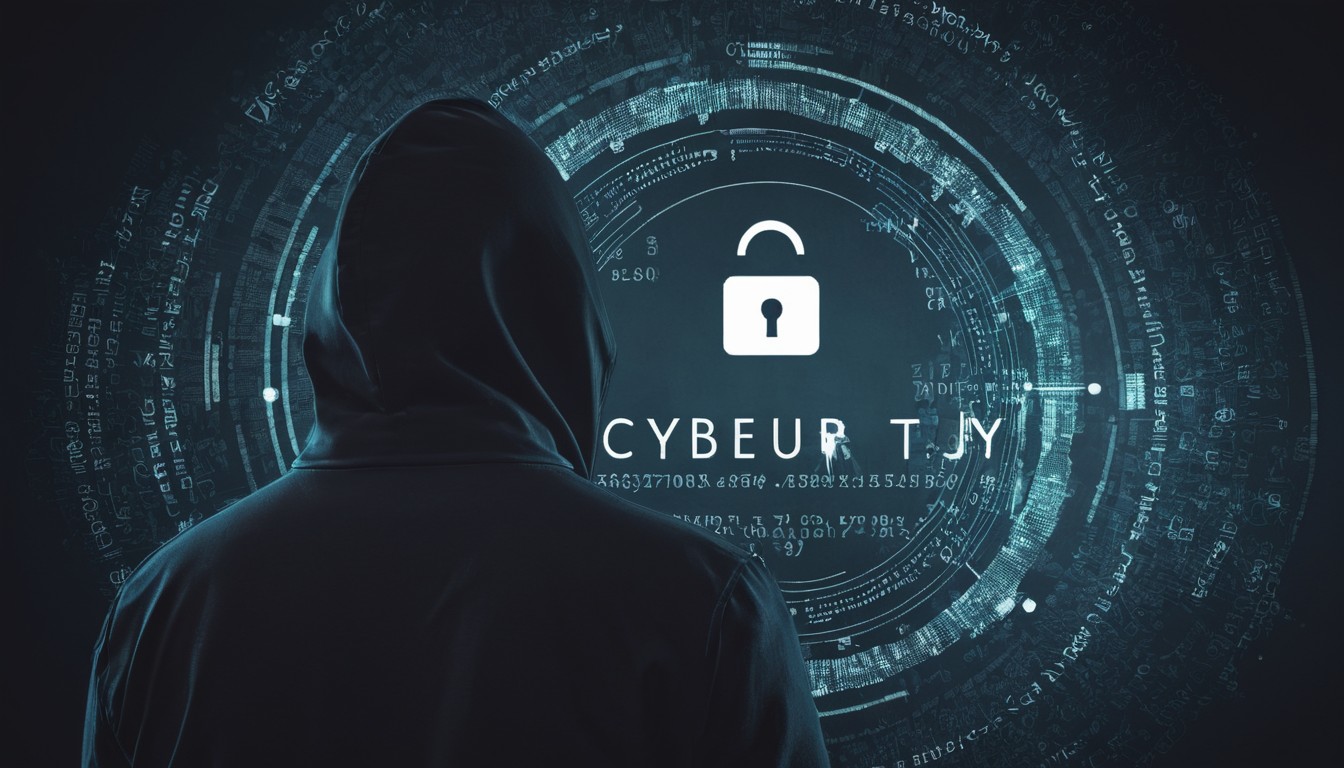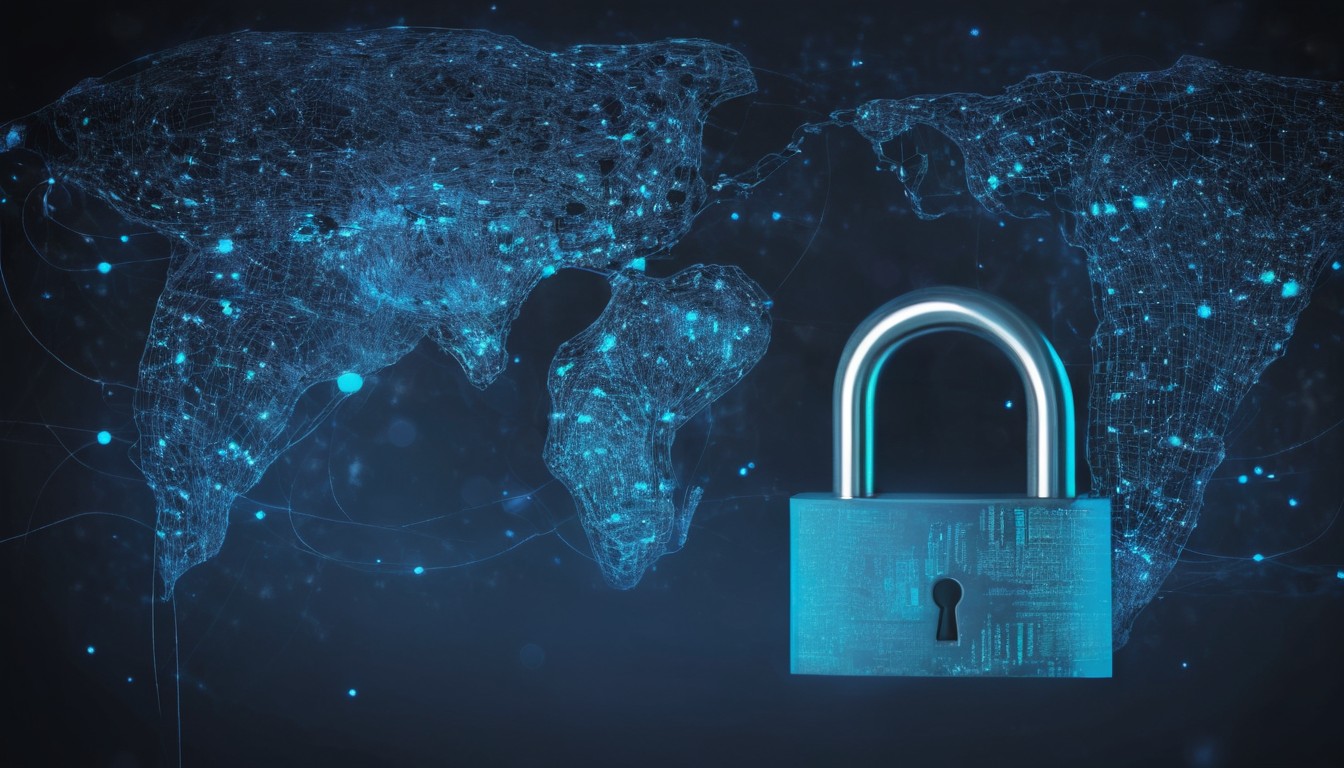In the ever-evolving landscape of cybersecurity, SafeNet continues to lead the way with innovative solutions. One such advancement is the integration of blockchain technology in vulnerability assessment strategies, revolutionizing how organizations identify and mitigate security risks.
SafeNet’s approach to vulnerability assessment leverages the immutability and transparency of blockchain to enhance the accuracy and reliability of vulnerability data. By storing vulnerability assessment results on a blockchain, organizations can ensure that the data remains tamper-proof and trustworthy.
One of the key benefits of using blockchain in vulnerability assessment is its ability to create a decentralized and distributed database of vulnerabilities. This ensures that all stakeholders have access to the same up-to-date information, improving collaboration and decision-making.
SafeNet’s blockchain-based vulnerability assessment solution also enhances the security and integrity of vulnerability data. By using blockchain’s cryptographic features, organizations can verify the authenticity of vulnerability data, ensuring that it has not been altered or tampered with.
Moreover, SafeNet’s blockchain integration allows for the secure sharing of vulnerability data across organizations. This enables organizations to collaborate on addressing common vulnerabilities, improving overall cybersecurity posture.
SafeNet’s blockchain-based vulnerability assessment solution is designed to be scalable and adaptable to various environments, including cloud-native infrastructures and traditional IT environments. This flexibility ensures that organizations can leverage blockchain technology regardless of their infrastructure setup.
SafeNet’s integration of blockchain technology in vulnerability assessment strategies represents a significant advancement in cybersecurity. By leveraging blockchain’s immutability and transparency, organizations can enhance the accuracy, reliability, and security of their vulnerability assessment processes, ultimately improving their overall cybersecurity posture.





